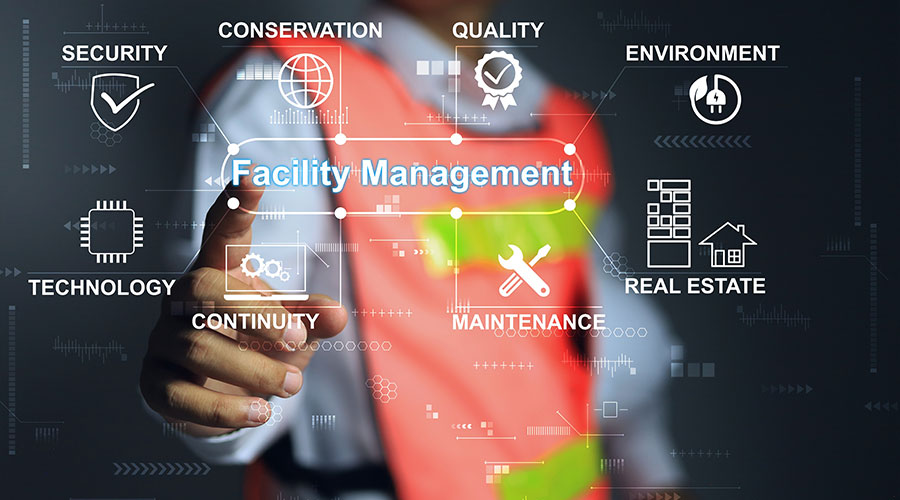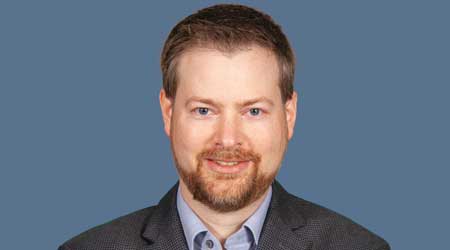Why Communication, Documentation Are Critical Components of FM Legacy
Documentation and storytelling are the key components of an instruction manual to leave behind for future generations of staff.
It’s important to focus on strategic goals. Assuming your organization has a strategic plan, you should gaze into the future to see when and how facility management strategic objectives need to be tweaked or changed. Now is the time to spend time thinking about how you want your facility management organization to be viewed throughout the company. Consider objectives covering asset management and facility management services delivery that are performance-driven, leading-edge, innovative, customer-focused, and energy-efficient.
Communication is an important part of creating a legacy. The popular television show, “How It’s Made,” is masterful at documenting and showing audiences the step-by-step process of designing and building tools, machinery, and other items that help us work and live more efficiently and effectively. The how-it’s-made approach applies beautifully to building a facility management legacy. Documentation and storytelling are the key components of an instruction manual to leave behind for future generations of staff. The more stories you tell and the more documentation you provide about how the organization functions, the more your legacy will be sustained. It is relatively easy to put together facility management storybooks because staff like to talk about “how it’s made” and what their contribution has been. The stories could be recorded oral histories about specific pieces of equipment or infrastructure within individual buildings, as well as picture books that profile a complex of buildings or floors within a single facility.
Online documentation of facility management policies, procedures, and practices is another component of the how-it’s-made story. Ensuring that policies, procedures, and practices are fully updated, streamlined, and accessible, that their upkeep has been assigned to appropriate staff members, and that users can access them online are tested measures of how you are remembered as a leader.
Regardless of your exit strategy timetable and your decision about when to share your departure date, you need to make yourself available to staff more now than ever before. It is a basic way to gather critical intelligence about your organization and your people, without giving away your plans for the future. You and your staff have had a long working relationship and now is the time to become a mentor and a better listener so they know they are part of the long-term vision for the organization and not just spokes in the wheel. The intelligence you gather during these open door sessions will assist you in crafting the institutional storybooks on how things work and leave a lasting memory of you as an engaged and empathetic leader.
Clean-up time
At one time in their careers, most successful leaders have made mistakes, irritated other leaders, and disappointed customers. Ric Kelly, a leadership specialist, in an article in Entrepreneur, points out that, to establish the kind of reputation a leader wants to have as a legacy, it is necessary to make the rounds and bag the trash that may have been left over the years. As you well know from being in an executive position for some time, companies have overactive rumor mills and the minute a facility leader walks out the door for the last time, those who feel they have been wronged by the individual will start to spread rumors that undermine a potentially sterling legacy. It makes sense at this juncture for you to swallow your pride for the good of your legacy and go bag your trash.
After you’ve done all the things described above, your facility management organization should be in excellent condition. At this point, with so much success, you may be thinking you might stick around for a while longer. Don’t second-guess your decision. You have mentally prepared yourself for a transition either to retirement or another employment opportunity and your good fortune at having established a lasting legacy should not be squandered by overstaying your welcome. The rumor mill probably has figured out you are leaving. Just as you have mentally prepared yourself for the next chapter in your life, your staff members also have prepared themselves for a working environment without you. Turn out the lights, lock your door, say your goodbyes, and don’t look back. Keep Benjamin Disraeli’s saying in the forefront of your mind: “The legacy of heroes is the memory of a great name and the inheritance of a great example.”
Stormy Friday (stormy@thefridaygroup.com) is founder and president of The Friday Group, an international facilities services consulting firm. She is a member of the ProFMI Commission, a governance body that serves as an advisory committee for the Professional Facility Management Institute’s (ProFMI) activities. Friday has written one book on facilities management and co-authored another.
Related Topics:
















